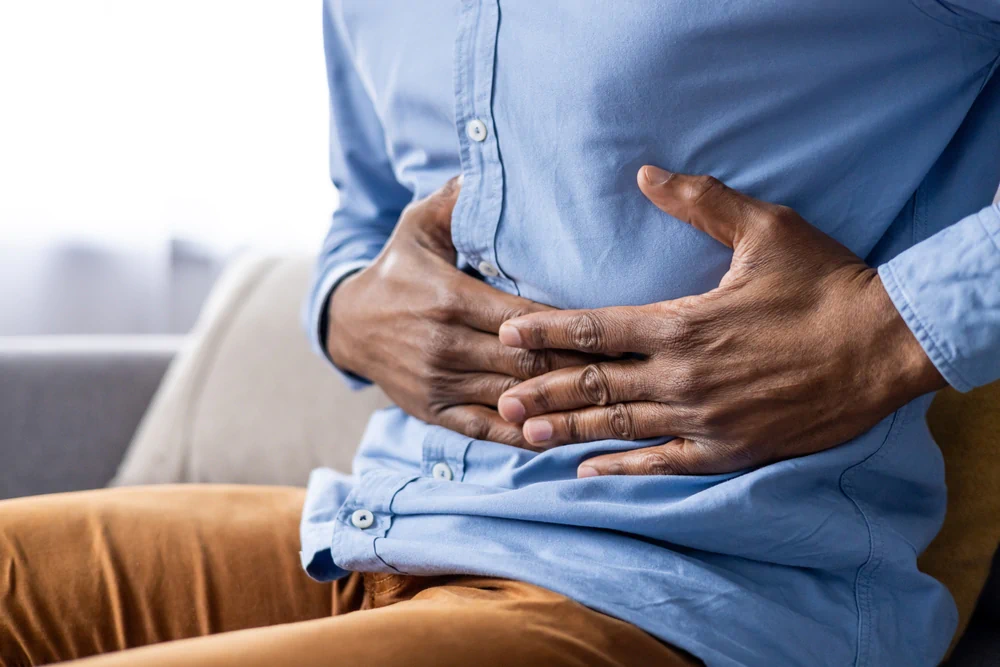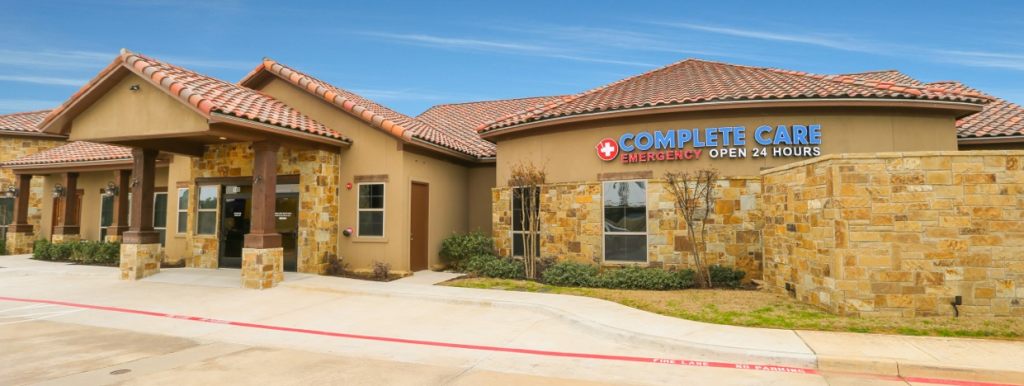What Does Your Abdominal Pain Location Mean?
Abdominal Pain
•
Jun 9, 2025
Reviewed by:

Abdominal pain is one of the most common reasons people seek medical care, but not all stomach discomfort is created equal. Your abdominal pain location can provide important clues about what might be causing your symptoms and how serious they might be. Understanding these patterns can help you determine when to try home remedies and when to seek medical attention.

- Upper right abdomen: Pain in this area may indicate gallbladder issues like gallstones or cholecystitis, liver problems including hepatitis or abscess, or problems with the duodenum (first part of small intestine). Less commonly, it could signal pneumonia affecting the lower right lung.
- Upper left abdomen: Discomfort here might suggest spleen enlargement or injury, gastritis, pancreatitis, or problems with the stomach such as ulcers. It could also indicate issues with the left lobe of the liver or the large intestine’s splenic flexure.
- Lower right abdomen: This is commonly associated with appendicitis, but can also indicate inflammatory bowel disease (like Crohn’s), ovarian cysts or ectopic pregnancy in women, kidney stones, or urinary tract infections.
- Lower left abdomen: Pain here often relates to diverticulitis, irritable bowel syndrome, inflammatory bowel disease, constipation, or in women, ovarian issues or ectopic pregnancy. Kidney stones and urinary tract infections can also cause pain in this region.
If you’re experiencing persistent or severe abdominal pain, don’t try to diagnose yourself. Delaying care can lead to serious complications, so visit your nearest Complete Care ER location if your pain doesn’t go away or is paired with a fever, vomiting, bloody stool, or severe tenderness.
For life-threatening situations, please call 911.
Upper right abdominal pain
Your upper right abdomen houses crucial organs, including your gallbladder, most of your liver, part of your colon, and a portion of your pancreas. Severe stomach pain in this quadrant often relates to liver or gallbladder issues, but can stem from various conditions. Pain here may be sharp and sudden or a persistent dull ache depending on whether the underlying cause is:
- Gallstones
- Cholecystitis (gallbladder inflammation)
- Biliary colic
- Hepatitis
- Liver abscess
- Fatty liver disease
- Pneumonia
Digestive issues often manifest in this area, particularly after consuming fatty meals, which can trigger gallbladder contractions. Diverticulitis symptoms typically affect the left side, but in rare cases, can present on the right. If pain in this area is accompanied by yellowing skin or eyes (jaundice), it may indicate liver problems requiring immediate medical attention.
Upper left abdominal pain
The upper left region of your abdomen contains several important organs, including your stomach, the left lobe of your liver, part of your pancreas, and your spleen. Pain in this area can range from a dull ache to sharp, stabbing sensations depending on the underlying cause. An abdominal pain location chart can help you pinpoint your symptoms, but professional evaluation is essential for accurate diagnosis as you may be dealing with conditions including:
- Gastritis (stomach inflammation)
- Stomach ulcers
- Pancreatitis
- Enlarged or ruptured spleen
- Splenic flexure syndrome (trapped gas in colon)
- Heart-related conditions (less common)
When experiencing upper abdominal pain on the left side, it’s important to note accompanying symptoms like nausea, vomiting, or fever. These additional symptoms can provide valuable diagnostic clues for your healthcare provider. Pain that worsens after eating may indicate stomach issues, while pain that radiates to your back might suggest pancreatic inflammation.
Pain in lower left abdomen
The lower left quadrant of your abdomen houses portions of your colon (particularly the sigmoid colon), small intestine, left ureter, and reproductive organs in women. Abdominal pain on the left side in this lower region often relates to digestive issues, but can also signal problems with other systems, leading to conditions such as:
- Diverticulitis (inflammation of small pouches in the colon)
- Irritable bowel syndrome (IBS)
- Constipation or gas
- Kidney stones
- Urinary tract infections
- Ovarian cysts or ectopic pregnancy (in women)
This region is particularly prone to issues related to bowel function and inflammation. Pain may be constant or intermittent, and might change in intensity with bowel movements or physical activity. Dehydration symptoms like dark urine, dry mouth, and fatigue can worsen many conditions affecting this area, so maintaining proper hydration is essential for both prevention and management.
Lower right abdominal pain
The lower right portion of your abdomen contains the appendix, part of your colon, your right ureter, and reproductive organs in women. Pain in this area deserves special attention as it could indicate appendicitis, which requires prompt medical intervention. The abdominal pain location meaning in this region is often significant for differentiating potentially serious conditions from more benign ones such as:
- Appendicitis
- Crohn’s disease
- Cecal volvulus (twisted bowel)
- Kidney stones
- Ovarian cysts or ectopic pregnancy (in women)
- Hernia
Pain that begins around the navel and migrates to the lower right, especially when accompanied by fever, nausea, or vomiting, may signal appendicitis. However, several other conditions can also cause discomfort in this area. Irritable bowel syndrome location of pain varies, but can manifest in the lower right abdomen with cramping that typically improves after bowel movements.
How do I know if my abdominal pain is serious?
Severe, sudden pain that feels different from any discomfort you’ve experienced before should never be ignored. This type of pain, especially when it’s debilitating enough to interfere with daily activities, may signal a potentially serious condition requiring immediate care. Other emergency symptoms to watch for include:
- Severe, sudden pain that incapacitates you
- Pain accompanied by high fever (over 101°F)
- Persistent vomiting or inability to keep fluids down
- Blood in vomit or stool
- Yellowing of skin or eyes (jaundice)
- Abdominal swelling, rigidity, or extreme tenderness
- Pain during pregnancy
- Recent abdominal trauma
- Severe pain from kidney stones
- Pain that worsens when lying still or with certain movements
While mild discomfort might be monitored at home initially, pain that intensifies over hours, doesn’t respond to over-the-counter medications, or prevents you from finding a comfortable position requires professional evaluation. For those with chronic conditions like irritable bowel syndrome, understanding your typical symptoms helps identify concerning changes.
Know where to go for quick and efficient abdominal pain treatment
Understanding your abdominal pain location can provide important clues about potential causes, but professional medical evaluation is essential for an accurate diagnosis and appropriate treatment. While this guide offers general information about common sources of abdominal discomfort, many conditions share similar symptoms, and only a healthcare provider can determine the exact cause of your pain.
Complete Care offers comprehensive emergency services for patients experiencing abdominal pain in Austin, Corpus Christi, Dallas/Fort Worth, East Texas, Lubbock, San Antonio, and Colorado Springs. Our experienced medical professionals have the expertise and diagnostic tools to properly assess your symptoms, provide prompt treatment, and help you find relief.
Don’t let abdominal pain affect your quality of life — visit your nearest Complete Care freestanding ER today for low wait times and prompt, expert emergency care when you need it.
More Helpful Articles by Complete Care:
- How to Identify Bug Bites in 3 Steps
- What Causes Shortness of Breath?
- How to Prevent Trampoline Injuries
- Working With a Loved One Through Denial of Medical Treatment
- What Does Cellulitis Look Like on the Leg?
